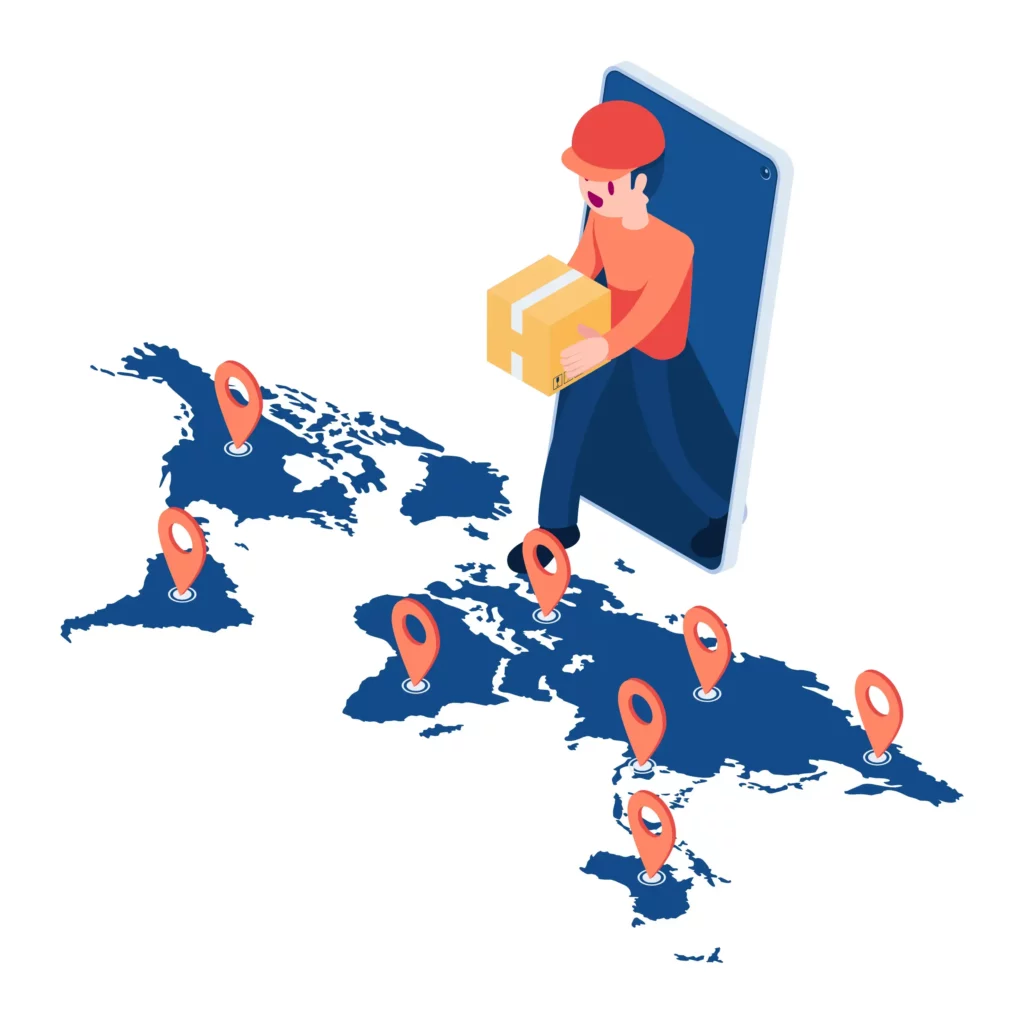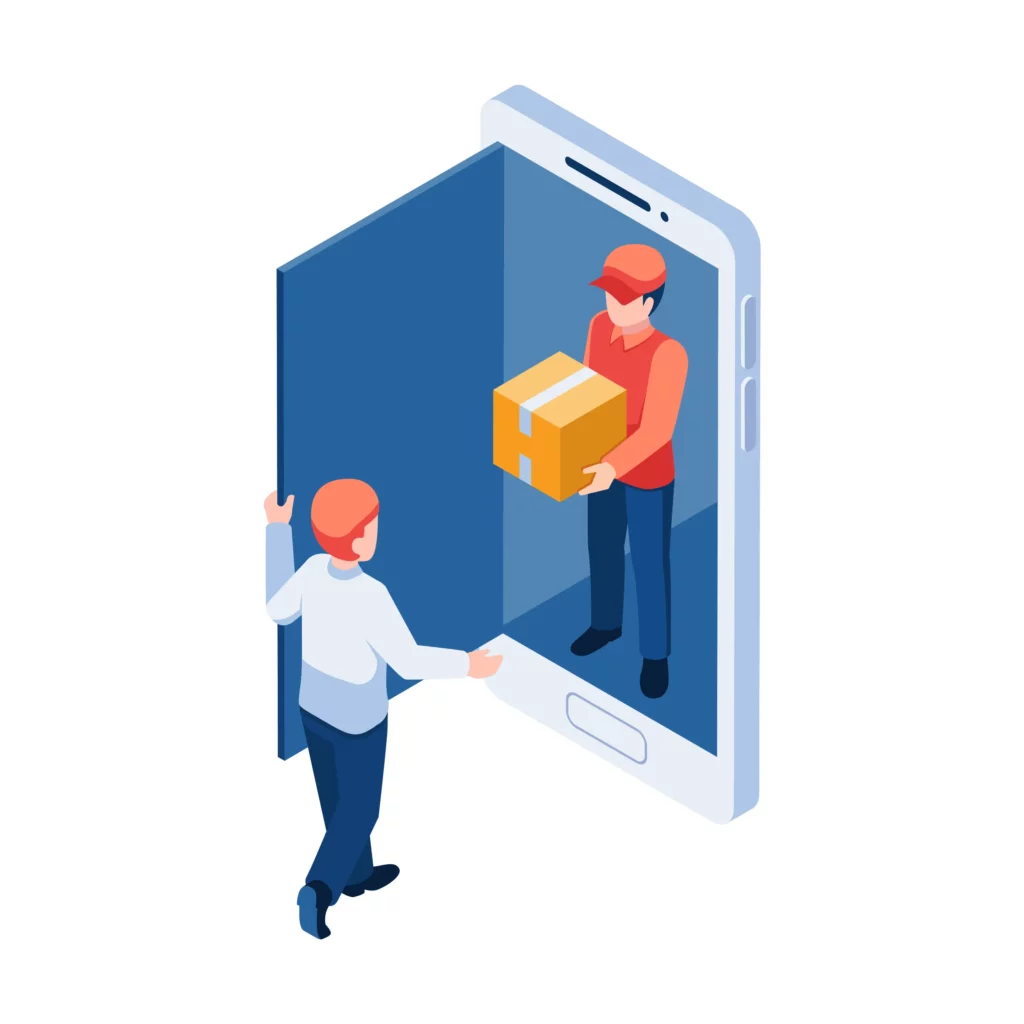With low overhead costs — no product storage or storefront property necessary — dropshipping has become an increasingly popular business model with the potential for high returns. In fact, Grandview Research estimates the dropshipping industry will reach an impressive $1.25 trillion in revenue by 2030.[1]Grand View Research. “Dropshipping Market Size, Share & Trends Analysis Report by Product, by Region, and Segment Forecasts, 2025 – 2030.” Accessed June 16, 2025. So, how can you grow your dropshipping business to take advantage of this fruitful market? Whether you have an existing operation or want to launch one altogether, keep reading for a detailed guide on how to scale a dropshipping business.
Key Takeaways
- Successfully scaling your dropshipping business depends on the strength of your suppliers, brand, and resources.
- Because dropshipping businesses are generally considered high-risk, you should secure payment solutions capable of supporting your scaling efforts.
- Many dropshippers fail to successfully scale their businesses because they do so without addressing existing operational issues or attaining the necessary support.
Is Dropshipping a Scalable Business?

In short, yes. The low upfront costs associated with dropshipping are a big plus for scalability. Dropshipping lets you eliminate the costs of buying, storing, and managing inventory. So, if you start getting more orders, you don’t have to worry about additional storage costs. But this shouldn’t lead you to make the mistake of scaling your dropshipping business without strategy. If you move too quickly or blindly, you may end up with frustrated customers and supplier issues. In fact, research shows 90% of dropshipping businesses fail.[2]AppScenic. “Why Over 90% Of Dropshippers Fail (Dropshipping Success Rate).” Accessed June 16, 2025. But you can turn around these odds by choosing the right partners.
Because you don’t handle inventory, your supplier(s) can make or break your dropshipping business, as they handle the storage of inventory and shipping to your customers. To scale your business, you need trusted back-end suppliers to manufacture, store, and ship goods. If you’re already having issues with your current suppliers, such as poor product quality and delayed shipments, you can expect the same issues — in even greater volumes — when you scale your dropshipping business.
Additionally, you also need a reliable way to accept credit and debit cards. If you don’t have a tailored payment solution and you begin receiving a high volume of orders, your account could be frozen due to fear of fraud. And it goes without saying, that makes it hard to scale your operations. Also, financial institutions consider some dropshipping to be high-risk due to the nature of the business model and its inherent vulnerability to fraud. It’s important to find an experienced high-risk credit card processing with with the payment infrastructure and fraud prevention tools to safeguard your business.
Scaling Your Online Dropshipping Business: 7 Strategies
Once you have successful operational partnerships that can support scaling your dropshipping business, you can incorporate these tried-and-true best practices.
1. Choose the Right Suppliers
Before you expand your business, you may need to form relationships with new suppliers. Here’s how you can go about it:
- Vet Suppliers Carefully: Before you work with a supplier, ensure they have a proven track record, specifically in your line of products. Check their ratings on platforms like Alibaba, read reviews, order samples, and test communication speed.
- Use Multiple Suppliers: No one supplier will have a perfect rating. Where one supplier falls short, another one will exceed. It’s best to work with several suppliers, especially if you sell different products. This ensures continuity for your business with minimal disruptions.
2. Create a Strong Brand Identity
In dropshipping, you’re essentially selling the supplier’s products. The risk of the dropshipping business model is that a competitor could sell the same products at a lower price than yours. Strong branding can overcome this risk, as research shows approximately 46% of consumers will pay more for a brand they trust.[3]Salsify. “2022 Consumer Research Report – The Value of Building Brand Trust.” Accessed June 16, 2025. Below are a few ways to start defining your business’s brand:
- Customize Packaging and Product Presentation: If your suppliers offer personalization options, you can customize packaging to products and include branded inserts.
- Create Consistent Messaging and Visuals: Uniformity in how you present your brand establishes consumer trust and maintains customer loyalty. Ensure your website, social media pages, and packaging (if applicable) have the same aesthetic and voice.
3. Automate Processes
Scaling your dropshipping business means your operational tasks will increase. Whether you run a one-person operation or oversee a team, automation tools help reduce manual work and minimize human errors. You can incorporate automation in several areas, including order fulfillment, inventory management, and customer service.
4. Outsource Tasks
As your business grows, handling everything yourself may become impossible. While automating processes might help, you may also need to outsource tasks still requiring a human touch. For instance, while you could leverage an automated chatbot for customer service inquiries, some customers may still need to speak to human agents, especially if they have a complicated issue. It’s best to merge automation and outsourcing to ensure your operations run smoothly as you scale your dropshipping business.
5. Market Your Business
Your marketing efforts determine the success of your scaling efforts. You could sell the best products, partner with the most reliable suppliers, and have great customer service, but it’ll all be for naught if your target audience doesn’t know about your business. Some marketing strategies you can leverage include:
- Paid Advertising: As the saying goes, you have to spend money to make money. With paid advertising, you pay to put your ads in front of your target audience — people who are most likely to convert into paying customers. You can leverage this on search engines and social media platforms. According to Google, every $1 spent on Google Ads brings in an average of $2 in revenue — a 200% return on investment.[4]Google. “Economic Impact.” Accessed June 16, 2025.
- Search Engine Optimization: This marketing strategy lets your target audience find you without spending money, unless you outsource. By leveraging content optimization with keywords for your product pages or blog posts, you can attract organic search engine traffic.
6. Focus on Customer Experience
If your existing customers unhappy, negative reviews could tank your scaling efforts before they take off. In fact, statistics show 98% of consumers will read reviews about a product they haven’t purchased before making a decision.[5]Power Reviews. “Survey: The Ever-Growing Power of Reviews (2023 Edition).” Accessed June 16, 2025. Building a positive customer experience is key to retaining existing customers and acquiring new ones. Here’s how you can do this:
- Listen to Customer Feedback: A one-star increase on Yelp for your business could lead to a 5-9% increase in revenue.[6]Harvard Magazine. “HBS Study Finds Positive Yelp Reviews Lead to Increased Business.” Accessed June 16, 2025. Meaning, your customers’ feedback can directly affect your revenues. If your customers provide feedback, take it seriously and do your best to rectify any issues or address areas for improvement.
- Offer Excellent Customer Service: Research shows that 58% of customers don’t mind paying more for better customer service.[7]Forbes. 58% of Customers Will Pay More for Better Customer Service.” Accessed June 16, 2025. Quick, available, and helpful customer service sets you apart from your competitors and builds brand loyalty.
7. Explore International Markets
Once you have a strong foothold in your local market, consider expanding internationally. This can help you grow your revenue significantly and reduce the risk of relying on a single market. But before you expand your business, conduct thorough research to identify potential markets and the risks involved. Partner with suppliers providing international shipping with affordable fees. Make sure your payment solutions can accept and process a variety of payments. Remember, the first step to successfully scaling your dropshipping business is confirming the partnerships you rely on can support your growth.
Where Do Most Dropshippers Fail?
Mistakes are a common part of growth. However, by knowing what has worked — and not worked — for other dropshippers, you can proactively avoid missteps. Here are common mistakes merchants make while attempting to scale their dropshipping businesses:

- Ignoring Current Issues: Many dropshippers get so focused on scaling their businesses that they fail to rectify existing issues. When they scale without solving existing issues, those problems grow too.
- Failing to Test Before Scaling: If your scaling efforts involve selling new products on top of the current ones, be sure to perform market research and test how well the new ones sell. Even if you’ve had success with other products, there’s no guarantee every product will sell as well.
- Scaling Too Quickly: Slow and steady steps are vital when scaling any kind of business. Even more important is building the right infrastructure at each stage of growth. It’s best to scale gradually so you can learn what works and what doesn’t, adjusting to both while managing sustainable growth.
Scale Your Dropshipping Business with PaymentCloud’s Support
The most important step of successfully scaling a dropshipping business is ensuring your partnerships, including suppliers and payment solutions, can support your scaling efforts. At PaymentCloud, we specialize in providing the type of high-risk credit card processing your dropshipping business needs to thrive. With a variety of payment services, including eChecks and ACH payments, you’ll be able to offer international customers several payment options.
Ready to take your dropshipping business to the next level with secure, seamless payment services and quick deposits? Apply for dropshipping merchant services with PaymentCloud today.
High-Risk Businesses Wanted
Your troubles of getting approved are over!
Satisfaction
Scaling Your Dropshipping Business: FAQs
Can you scale a dropshipping business?
Yes, you can. However, you must consider several factors, such as scaling costs, supplier reliability, and the required infrastructure.
Can I make $10,000 per month dropshipping?
Your monthly dropshipping revenue depends on the average revenue per unit (ARPU) and units sold per month.
Is dropshipping a scalable business?
Yes, you can scale your dropshipping business as long as you have the right partners and resources to support your efforts.
Where do most dropshippers fail?
Most dropshippers fail because they fail to test before scaling, scale too quickly, and/or ignore current issues within their businesses.






